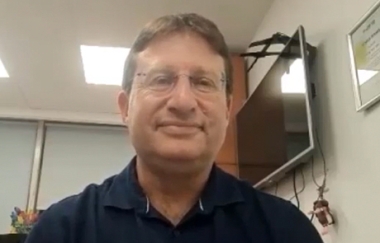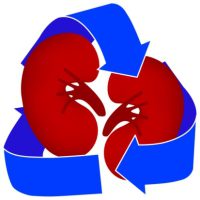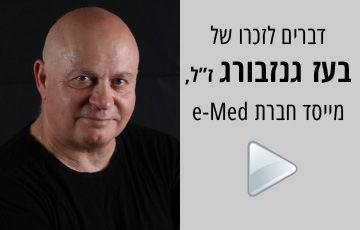R Shaoul MD1, B. Enav MD1, Z. Steiner MD2, J. Mogilner2, M. Jaffe MD, MRCP1
Departments of Pediatrics1, and Pediatric Surgery2 Bnai Zion Medical Center, Faculty of Medicine, Technion, Haifa, Israel
The classical presentation of hypertrophic pyloric stenosis (HPS) comprises an onset of projectile vomiting during the third to fourth week of life associated with good appetite. Additional presenting findings classically include palpation of the pyloric tumor, a visible gastric peristaltic wave after feeding, and hypochloremic, hypokalemic metabolic alkalosis. Recently, it has been claimed that this presentation has changed due to the easier access to GI imaging. The purpose of the study was to validate this contention and discuss possible reasons.
Methods: A retrospective chart review of all patients who underwent pyloromyotomy for HPS between 1990 and 2000 was performed. Only patients with confirmed HPS at the time of surgery were included in this study. Results: Seventy patients underwent pyloromyotomy over the 10-year period. Overall, 81% of patients were male infants and the mean age at diagnosis was 40 days. The mean duration of symptoms was 8 days. A first-born child was noted in 43% of the cases.
The classical symptom of projectile vomiting was absent in one-third of the patients, a pyloric tumor was not palpated in one-half of the cases, bicarbonate was higher than 28 Meq/L in 20% and a pH of above 7.45 was present in 25% of patients. Hypochloremia was noted in about one-third of the patients. When compared to previous studies, the main findings are mean age at diagnosis and percentage of male gender has not changed. On the other hand, the duration to diagnosis has shortened. The decrease in the number of pyloric tumors palpated was found to parallel the increase in the use of upper gastrointestinal (UGI) series and US in particular.
Conclusions: The primary change in the clinical picture of pyloric stenosis during the 90’s is declining clinical skills, accompanied by earlier utilization of imaging studies. The use of imaging and laboratory studies did not change the age at diagnosis but may have shortened the time for diagnosis and reduced the postoperative stay. Imaging and laboratory studies may be most helpful for the subgroup with a non-classical clinical presentation



















השאירו תגובה
רוצה להצטרף לדיון?תרגישו חופשי לתרום!